Time:2025-06-23
Neon strip lights have emerged as a captivating and versatile lighting solution, revolutionizing the way spaces are illuminated across various industries. From their humble beginnings in early 20th - century signage to their current widespread use in modern interior design, commercial displays, and architectural projects, these lights combine functionality with aesthetic appeal. This article delves deep into the world of neon strip lights, exploring their technology, manufacturing processes, diverse applications, advantages, and the key considerations for choosing the right products.
The Evolution and Technology of Neon Strip Lights
Origins and Historical Development
The history of neon strip lights dates back to the early 1900s when Georges Claude, a French engineer, patented the first neon lamp. Initially, these lights were primarily used for advertising signage due to their bright and eye - catching glow. The early neon lights relied on a glass tube filled with neon gas, which, when an electric current was passed through it, emitted a distinctive red - orange light. Over time, advancements in technology allowed for the use of different gases and phosphor coatings, enabling the creation of a wide spectrum of colors. This led to the expansion of neon light applications beyond simple signage, opening up new possibilities in the lighting industry.
Traditional Neon Light Technology
Traditional neon strip lights operate on the principle of gas discharge. Inside a sealed glass tube, a low - pressure gas, usually neon or a mixture of gases including argon and mercury vapor, is present. When a high - voltage electrical current is applied between the electrodes at the ends of the tube, the gas atoms become ionized. As the electrons in the ionized gas return to their ground state, they release energy in the form of photons, producing light. The color of the light depends on the type of gas used and any phosphor coatings applied to the inside of the tube. For example, pure neon emits a red light, while argon with a mercury vapor mixture can produce a blue - white glow.
Modern LED - Based Neon Strip Lights
In recent years, there has been a significant shift towards LED - based neon strip lights. LEDs, or Light - Emitting Diodes, are semiconductor devices that emit light when an electric current passes through them. LED - based neon strips offer several advantages over traditional neon lights. They are more energy - efficient, consuming less power while providing comparable or even brighter illumination. LEDs also have a longer lifespan, are more durable as they are less prone to breakage compared to glass - tube neon lights, and can be easily controlled to produce various lighting effects such as dimming, color - changing, and flashing. The use of flexible printed circuit boards (PCBs) and silicone encapsulation in LED neon strips further enhances their versatility and suitability for a wide range of applications.
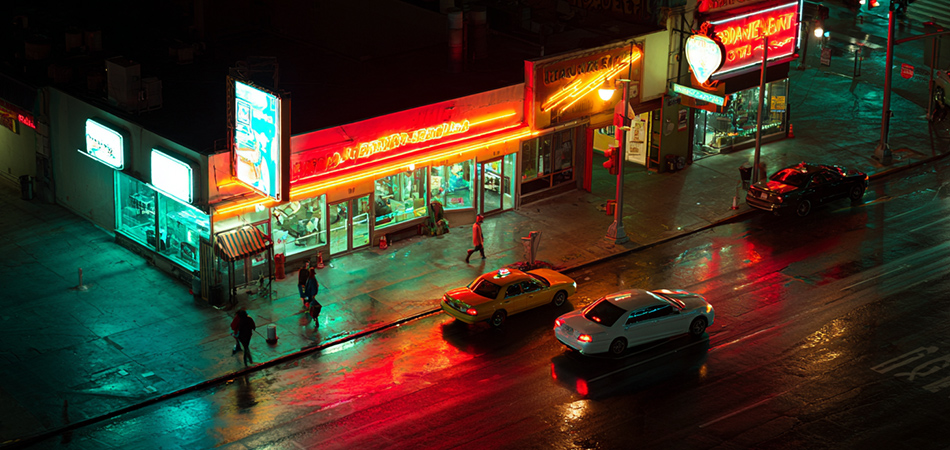
Manufacturing Processes of Neon Strip Lights
Traditional Neon Strip Light Manufacturing
The manufacturing of traditional neon strip lights begins with the selection of high - quality glass tubes. These tubes are carefully cleaned and inspected for any defects. They are then bent into the desired shapes using specialized equipment, which requires skilled craftsmanship to ensure the integrity of the tube and the proper functioning of the gas - discharge process. After bending, electrodes are sealed into the ends of the tube. The tube is then evacuated to remove air and other impurities, and the appropriate gas or gas mixture is introduced under low pressure. The tube is then sealed again to prevent gas leakage. Finally, the neon strip is tested for electrical and optical performance before being packaged for distribution.
LED - Based Neon Strip Light Manufacturing
For LED - based neon strip lights, the process starts with the production of the circuit board. Flexible PCBs are commonly used to allow for the flexibility of the strip. The LEDs are mounted onto the PCB using surface - mount technology (SMT), which involves precise placement and soldering of the tiny LED components. Once the LEDs are mounted, the circuit board is encapsulated in a protective material, typically silicone. Silicone is chosen for its flexibility, durability, and resistance to environmental factors such as moisture, UV rays, and temperature variations. The silicone encapsulation not only protects the internal components but also helps to diffuse the light evenly, creating a soft and consistent glow similar to traditional neon lights. After encapsulation, the LED neon strips undergo rigorous testing for electrical functionality, LED performance, and mechanical durability.
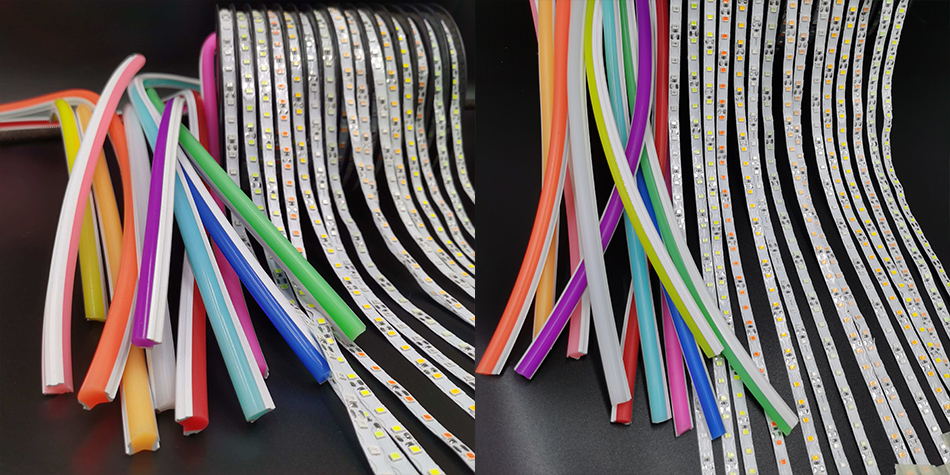
Key Features and Advantages of Neon Strip Lights
Flexibility and Versatility
One of the most notable features of neon strip lights is their flexibility. Traditional glass - tube neon lights can be bent into various shapes, although the process requires expertise and is somewhat limited by the fragility of the glass. LED - based neon strips, on the other hand, offer even greater flexibility due to their flexible PCB and silicone encapsulation. They can be easily curved, twisted, and shaped to fit a wide range of surfaces and design requirements. This versatility makes them ideal for applications such as creating custom - shaped signage, highlighting architectural features, or adding decorative accents in interior design.
Aesthetic Appeal
Neon strip lights are renowned for their aesthetic appeal. They come in a vast array of colors, from bright and vibrant hues to soft and subtle tones. The unique glow of neon lights adds a touch of sophistication and modernity to any space. In addition, the ability to create dynamic lighting effects, such as color - changing sequences and flashing patterns, allows for endless creative possibilities. Whether used to create a bold and energetic atmosphere in a nightclub or a warm and inviting ambiance in a restaurant, neon strip lights can transform the look and feel of a space.
Energy Efficiency (LED - based)
LED - based neon strip lights offer significant energy - efficiency advantages. As mentioned earlier, LEDs convert a higher percentage of electrical energy into light compared to traditional lighting sources, reducing energy waste. This not only helps users save on electricity bills but also makes LED neon strips an environmentally friendly choice. With the increasing focus on sustainability, the energy - efficient nature of these lights has made them a popular option for both commercial and residential applications.
Durability and Longevity
Both traditional and LED - based neon strip lights are designed to be durable. Traditional neon lights, when properly installed and maintained, can last for many years. The glass tubes are made to withstand normal environmental conditions, and the gas - discharge process is relatively stable. LED - based neon strips, with their solid - state design and protective silicone encapsulation, are even more resistant to physical damage, moisture, and other environmental factors. LEDs also have a long lifespan, reducing the need for frequent replacements and minimizing maintenance costs over time.
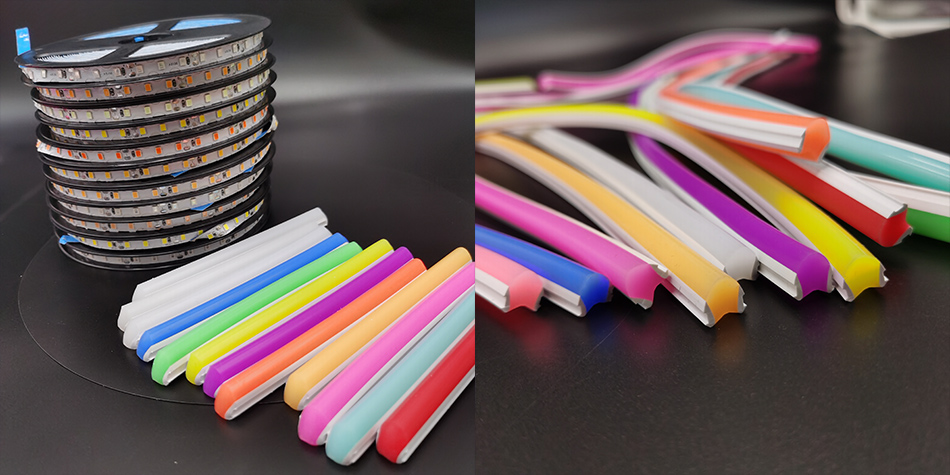
Diverse Applications of Neon Strip Lights
Interior Design
In interior design, neon strip lights are used to enhance the aesthetic appeal and functionality of spaces. In living rooms, they can be installed behind sofas, along ceiling coves, or under shelves to create a warm and inviting ambient light. In bedrooms, they add a touch of romance and style, whether used as accent lighting behind the headboard or to outline mirrors. In kitchens, neon strip lights are popular for under - cabinet lighting, providing task illumination while also adding a modern and sleek look. They can also be used in home theaters, game rooms, and other entertainment areas to create a unique and immersive atmosphere.
Commercial and Retail Spaces
Commercial and retail establishments make extensive use of neon strip lights. In retail stores, they are used to create eye - catching window displays that attract customers. Neon strips can be used to highlight products, create brand - specific lighting designs, and add a sense of excitement and urgency. In restaurants and cafes, these lights help set the mood, whether it's a cozy and intimate atmosphere or a lively and energetic one. In offices, neon strip lights can be used for decorative purposes in common areas, such as lobbies and corridors, or to create a more modern and professional workspace.
Architectural Lighting
Architects often incorporate neon strip lights into their designs to enhance the visual impact of buildings. Neon strips can be used to accentuate the unique features of a building's facade, such as edges, corners, and architectural details. They can create a dramatic nighttime presence, making the building stand out in the urban landscape. In addition, neon strip lights can be used for interior architectural lighting, such as highlighting columns, arches, and staircases, adding depth and dimension to the space.
Outdoor Signage and Advertising
Outdoor signage and advertising are one of the classic applications of neon strip lights. Neon signs are highly visible and can attract attention from a distance, making them an effective marketing tool. They can be used to display business names, logos, promotional messages, and directional information. The durability of neon strip lights makes them suitable for outdoor use, as they can withstand various weather conditions and still maintain their bright and vibrant appearance.
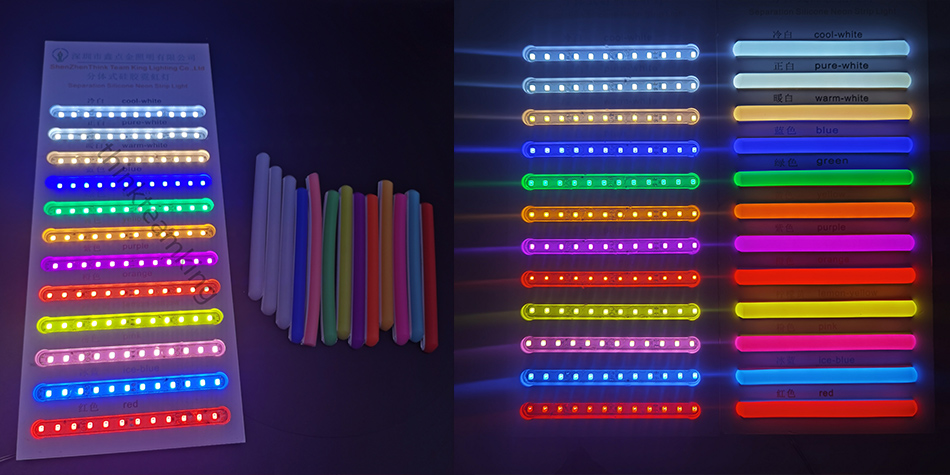
Choosing the Right Neon Strip Lights
Type of Neon Strip Light (Traditional vs. LED - based)
When choosing neon strip lights, the first decision is whether to opt for traditional neon lights or LED - based neon strips. Traditional neon lights offer a classic and unique look, with a warm and soft glow. However, they are more fragile, consume more energy, and have a more limited range of colors and lighting effects. LED - based neon strips, on the other hand, are more energy - efficient, durable, and offer a wider variety of colors and lighting effects. Consider the specific requirements of your project, such as the location, budget, and desired aesthetic, when making this choice.
Color and Lighting Effects
The color and lighting effects of neon strip lights are crucial considerations. Think about the mood and atmosphere you want to create. For a calming and relaxing environment, soft and warm colors may be suitable, while bright and bold colors can add energy and excitement. If you want to create dynamic lighting displays, look for neon strips that offer features such as color - changing, dimming, and flashing. Some LED - based neon strips can be controlled via remote controls or smart home systems, allowing for greater customization of the lighting effects.
Length and Flexibility
The length and flexibility of the neon strip lights are important factors, especially if you need to fit them into specific spaces or create custom shapes. Measure the area where the lights will be installed accurately to ensure you choose the right length. Consider the flexibility of the strips, especially if you need to bend or curve them. LED - based neon strips are generally more flexible and easier to work with in complex installations.
Power Requirements and Energy Consumption
Understanding the power requirements and energy consumption of neon strip lights is essential, especially for large - scale installations or when aiming to reduce electricity costs. LED - based neon strips are more energy - efficient, but different models may still have varying power consumption levels. Check the product specifications for information on power input, voltage requirements, and estimated energy usage. This will help you determine the overall cost of operating the lights and ensure they are compatible with your electrical system.
Quality and Durability
Investing in high - quality neon strip lights is important to ensure long - term performance and reliability. Look for products from reputable manufacturers that use high - quality materials and have a proven track record of producing durable lighting products. Read customer reviews and testimonials to get an idea of the product's quality and performance. For outdoor applications, choose neon strip lights that are specifically designed to be weather - resistant and durable.
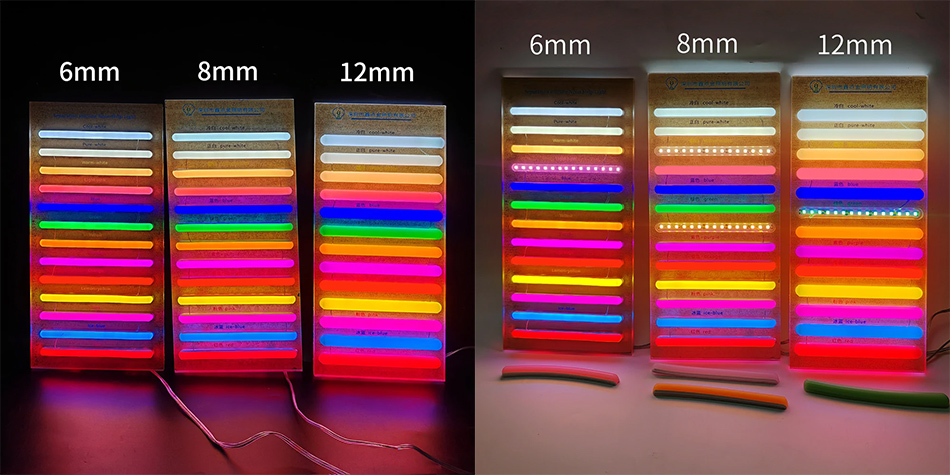
Installation and Maintenance of Neon Strip Lights
Installation
The installation process for neon strip lights varies depending on the type of lights and the application. Traditional neon lights require professional installation due to the high - voltage electrical components and the need for specialized equipment for bending and sealing the glass tubes. LED - based neon strips, on the other hand, are generally easier to install. Many LED neon strips come with adhesive backing, allowing them to be easily attached to surfaces. However, proper electrical connections still need to be made, and it's important to follow the manufacturer's instructions carefully to ensure safe and proper installation. For more complex installations, such as creating custom - shaped signage or integrating with existing lighting systems, it may be advisable to seek the help of a professional electrician.
Maintenance
Maintenance of neon strip lights also depends on the type of lights. Traditional neon lights may require occasional cleaning of the glass tubes to remove dust and dirt, which can affect the light output. They may also need periodic inspection for gas leaks or electrical issues. LED - based neon strips are generally low - maintenance. However, it's still a good idea to periodically check for any signs of damage, such as cracks in the silicone encapsulation or loose connections. If an LED fails, in most cases, the entire strip may need to be replaced, depending on the design. Regular maintenance will help ensure the longevity and optimal performance of the neon strip lights.
Market Trends and Future Outlook for Neon Strip Lights
Integration with Smart Home and Building Automation Systems
The future of neon strip lights is likely to involve greater integration with smart home and building automation systems. With the increasing popularity of smart devices, there is a growing demand for lighting products that can be controlled remotely, scheduled, and integrated with other smart home features. LED - based neon strips are well - positioned to meet this demand, as they can be easily connected to smart home hubs and controlled via smartphones, tablets, or voice - activated assistants. This integration will allow for more convenient and personalized lighting experiences, as well as greater energy savings through automated control.
Advancements in LED Technology
Ongoing research and development in LED technology will continue to drive innovation in neon strip lights. We can expect to see even more energy - efficient LEDs with higher lumen outputs and better color - rendering capabilities. New materials and manufacturing techniques may also lead to the development of thinner, more flexible, and more durable LED neon strips. These advancements will further enhance the performance and versatility of neon strip lights, opening up new possibilities for their use in various applications.
Sustainable and Eco - friendly Solutions
As environmental awareness continues to grow, there will be an increasing demand for sustainable and eco - friendly lighting solutions. Manufacturers are likely to focus on using recycled materials, reducing energy consumption during production, and developing more recyclable products. LED - based neon strips already offer significant energy - efficiency advantages, and future developments may further improve their environmental performance, making them an even more attractive option for environmentally conscious consumers and businesses.
In conclusion, neon strip lights have come a long way since their inception, evolving into a highly versatile and innovative lighting solution. Whether used for aesthetic enhancement, functional lighting, or marketing purposes, they offer a wide range of benefits. By understanding their technology, applications, and the factors to consider when choosing and installing them, you can make the most of these captivating lights in your projects. As the market continues to evolve, neon strip lights are set to play an even more significant role in the future of illumination.